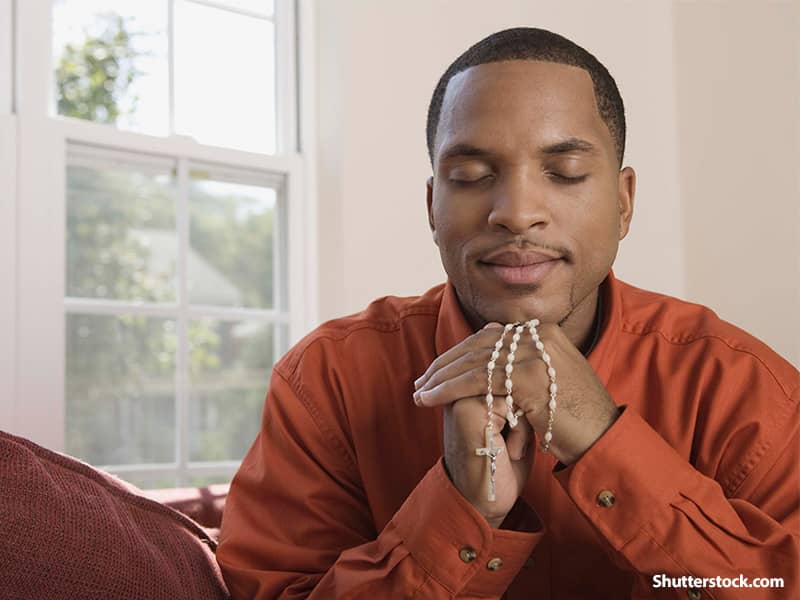Sunit is a well-groomed, old-fashioned fellow who bows his head slightly when talking to his elders, who gets up from his seat when a lady enters the room, and who courted my sister so discreetly that her brothers were the last to find out that she'd met a man with whom she wished to settle down.
Sunit and Rathi had a simple Hindu wedding ceremony. Although neither of them is particularly religious, they're both steeped enough in Indian traditions--or, at least, in the aesthetic dimensions of those traditions--to want more than just a perfunctory trip to a registry office. And although Sunit's mother is Roman Catholic, his father is Hindu, so a Vedic ceremony, which accorded entirely with my sister's own Tamil brahmin background, was deemed to be the correct "brand" for the occasion.
The last family wedding, my brother's, was seven years ago, and I'd forgotten just how moving a Hindu wedding ritual can be. The mantras employed in the ceremony are over 2,000 years old. They were first prescribed by the seers of those nomadic Indo-Europeans who were beginning to discover the comparative advantages of an agrarian society, and of a fixed address. There are traces of those times, still, in the wedding ritual, which is performed by a pandit (priest), who sits on one side of a sacred flame, facing the couple. They sit next to each other, on the other side of the fire.
As the bride and groom perform the centerpiece of the ceremony--the Saptapadi, or seven steps taken around the sacred fire--one step, the fifth, is taken to ensure that the deity Vishnu preserves the cattle in the best of form.
"Pancha pashubhyah," the priest intoned, "the fifth step for cattle welfare." The couple duly circumambulated the fire, even though they haven't a heifer between them. (Sunit is a journalist, not a rancher, and Rathi is an impressively successful businesswoman.)
The fifth step, however, is the only apparent anachronism in a ceremony that retains much of its original vigor and eloquence in the third millennium of its practice. In any case, a plausible modernist reading of the Saptapadi might regard "cattle" as a metaphor for material goods, or wealth. That would certainly be in keeping with the tenor of the ceremony, which, in time-honored Hindu fashion, weaves the spiritual with the temporal. The other steps around the fire are taken to ensure, among other things, a steady supply of food, strength, and happiness.
The most poignant part of the ceremony came after the seven steps were taken, when Sunit recited what is, for me, the key mantra in the Hindu nuptial ceremony. Repeating the mantra after the priest (who was a glib Sanskrit professor, like so many urban pandits are these days), Sunit addressed a series of lines to Rathi, beginning with "Sakha saptapadaa bhavat"--"You have taken the seven steps with me, and have become my friend." He went on thus (in colloquial translation): "I have obtained your friendship. From your friendship I will not be separated, and from my friendship, too, you will not be parted. Let us take our vows together and love one another, being mutually compatible and of pure mind."
My sister and her husband chose a pared-down version of the proper, orthodox ceremony, one that lasted only about 70 minutes, as opposed to a sapping three hours. This kind of abbreviation is increasingly common and is acceptable to purists so long as the heart of the ceremony--the seven steps and the avowal of friendship--is not edited in any way. The minimalist ritual is, in fact, in keeping with the culture of people like my sister and Sunit, who are loath to submit themselves unquestioningly to the full panoply of liturgical tradition. Their relationship was established in a non-traditional way: They met, they spent time together, they fell in love--all quite independently of family, of parents, and of matchmakers.
For them, the wedding was a way to declare their companionship to all the world, a testament before the ritual fire, consecrated by their seven solemn steps. This companionship did not derive its essential sanctity from the wedding ceremony: In their own eyes, the wedding was a cultural and emotional ritual that cemented a bond that already existed. It was a bond that they had constructed of their own free will, a private bond that flowered from their own spiritual initiative.

